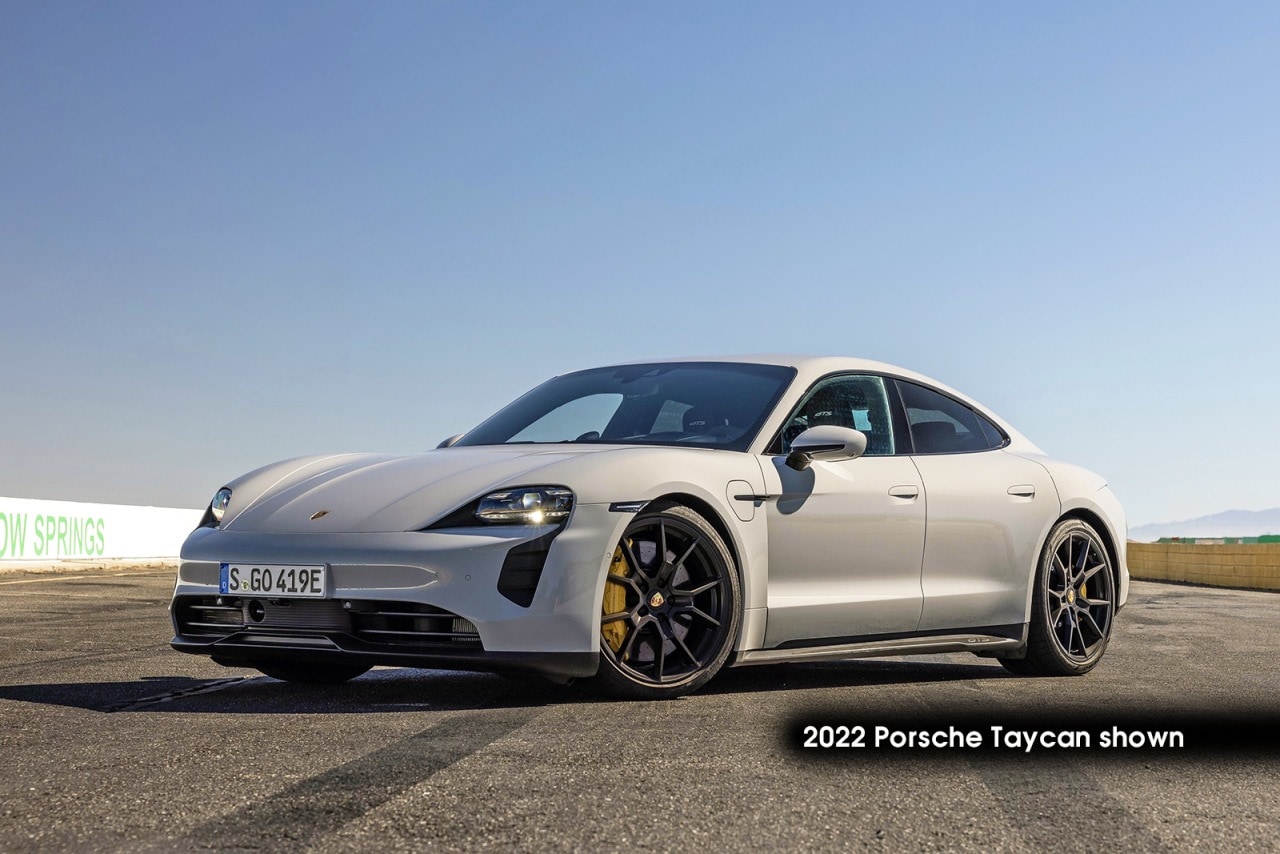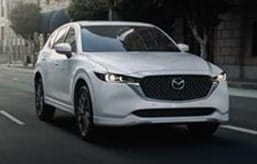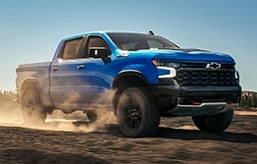- Porsche's performance EV gets a big software update for 2023.
- Update should improve range for all-wheel-drive models and charging times.
- The software update will also apply to 2020-2022 Taycans.
Porsche Taycan: What's New for 2023
More range and additional tech features are among improvements
Porsche has steadily updated its first electric vehicle, the Taycan, since the luxury sedan debuted in 2020. These include new variants like last year's sporty new GTS and 2021's wagonesque Cross Turismo body style (the latter currently sits at the top of our rankings for super luxury electric cars).
The changes for 2023 might sound more subtle at first, consisting broadly of a software update and some minor feature changes. But dig in a little deeper and you'll find that the upgrades constitute a major quality-of-life improvement for both potential Taycan buyers and owners of current Taycans. Here's why.
Computer power
The most obvious changes are to the multimedia system, which adds new graphics and a tweaked user interface. The head-up display is also revised and wireless Android Auto has been added, bringing that smartphone system up to parity with wireless Apple CarPlay that was already on board. The navigation can also filter charging stations by power output now — no more sifting through an ocean of Level 2 chargers to find a DC fast-charging station.
Less apparent but just as important are two key updates for the powertrain and battery that will improve the Taycan's range and charging speed. For dual-motor Taycan variants (read: all-wheel drive), the front motor will de-energize in the Normal and Range driving modes. That means when the front motor is not needed in day-to-day driving, it will disconnect so that it isn't sapping any power at all from the battery. This neat trick should add more range to the Taycan, but how much exactly remains to be seen. We've already found that the Taycan blows past its EPA-estimated 203 miles of range, clocking 323 miles in Edmunds' EV range testing.
The Taycan's battery can now precondition itself to an optimal temperature more quickly for DC fast charging, which should translate to less time spent at a station. Fast-charging stations are the weapon of choice for longer trips with EVs, and this update makes those stops a bit faster, getting you back on the road more quickly, where the Taycan really shines.
Good news for current Taycan owners
Feeling left out if you bought a Taycan already? Don't! Porsche says that the software updates that the 2023 Taycan will enjoy out of the box are backward-compatible with previous Taycan models from 2020 (the car's debut) to 2022. The update will have to be installed by a dealership so it will take a trip to the service center, but it won't cost anything. Timing details have yet to be released for the older models but will be available soon.
Other updates
The software changes are the big story but the Taycan does see some small feature changes as well for 2023, with the 19-inch base wheel replaced by the Taycan S Aero wheel and prewiring for a Porsche dashcam now offered. Variable Light Control is now offered on all Taycans with the panoramic glass roof; this system allows drivers the ability to darken the roof glass via a small slider mounted up above the rearview mirror. It won't block light completely, but it does help to tame the sun on hot, sunny days.
Edmunds says
A software update may sound minor, but the changes to the 2023 Taycan improve its technology and powertrain management markedly. And owners of existing Taycans will reap the benefits as well.
Am I Ready for an EV?
- EV ownership works best if you can charge at home (240V outlet)
- Adding a home charging system is estimated to cost $1,616 in
- Edmunds is partnering with Treehouse, an independent provider of home EV installation services. Learn more about the installation services partnership



 by
by